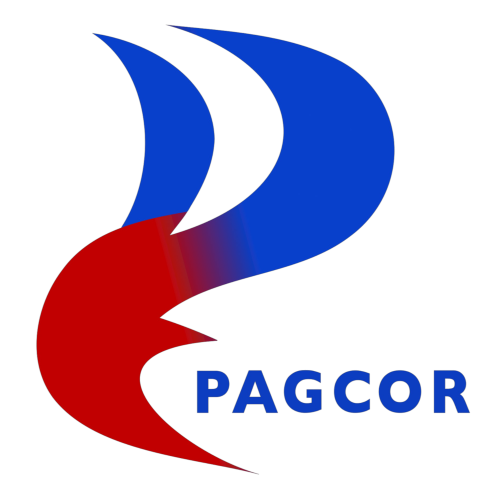The Philippines market is perfect to test for success, slots aren’t going away
There is only more room to grow for slots within the Asian marketplace, with the Philippines being a great testing ground, as up to 60 percent of GGR comes from the segment. In a panel filled with insights from Aristocrat, IGT and Light & Wonder, counterpointed with Okada Manila’s perspective, industry veterans discuss the advantages, changes, and different development needs, while looking at how much innovation is actually possible within the space.
Please find a summary of some of the key points below:
03:10 – Philippine market is a jackpot market, need to tweak the available jackpots, because punters are seeking large, life-changing jackpots.
04:16 – Some 50 to 60 percent of Philippine GGR is slots. Large jackpots are difficult for operators.
05:18 – Focus on link-progressive in PH market.
06:50 – PH is the engine of electronic gaming when it comes to Asia. It’s a 25,000 machine market – two-times any other market in Asia.
07:50 – Singapore is a very mature market, so have to develop products specifically for each market.
08:50 – COVID taught that operators need to create more spacious gaming areas for machines, to ensure distancing if necessary. Macau was the market most affected by COVID, operators were forced to turn off a lot of machines. Now there’s a 12,000 machine cap on the Macau market, but the machines can’t be taken off the floors because it creates gaps.
10:30 – Philippines and Singapore rebounded off of local play.
11:45 – The pandemic sent a lot of people online, for their first online experience. Confirms that a good game on a live slot floor is a good game online as well.
Important through systems and loyalty programs to continue their experience while online at home if they can’t get to the casino.
13:13 – Online brings the chance to test out games and see if they stick, then transfer them to land-based if you wish.
14:45 – People were a bit trepidatious about online gaming, now it’s growing – especially for most premium mass and high-roller, they feel safe playing with a casino that’s licensed.
15:40 – ETGs contribute 4-6 percent of GGR in Okada Manila.
16:40 – ETGs took off in Macau with the live dealer, became very popular in the Macau market. One of the things that is strong and has gone into other markets is the pods – banks of 6-8 seats. Latest trend is to now to standalone versions of that. Lot of companies are now going to standalone ETGs.
18:00 – ETGs were seen as a same place to gamble as people came back to casinos after COVID – natural spacing and generally could all remain turned on. Labor shortages will drive growth.
19:20 – Cashless wasn’t as utilized pre-COVID. During or post-pandemic cashless is very much in use. Big growth in cashless.
20:30 – Cashless is seeing growth, interest in systems intelligence – how to break down the information. AI and understanding the player’s playing habits will come more into systems over time.
21:05 – Some markets being forced into cashless versus others that have been astute enough to introduce it as a value-added option. Intelligent rewards and intelligent bonusing – players are about immediacy.
22:10 – LED and signage post-COVID is increasing significantly.
23:30 – Use the Philippines as the Asian test-bank scenario. Manufacturers are comfortable with PAGCOR’s approach. Easy market to do business in.
25:05 – Operators need to work together, no need to create a jackpot war. Profit margins for operators is very slim for EGMs. Operators looking for reasonable and affordable machines.
26:45 – Macau slot percentage of GGR is less than 5 percent.
27:27 – After the pandemic, the willingness to spend is increasing – next focus should be non-gaming to help to boost the gaming revenue. Every offers similar products – how to boost business is non-gaming, service, technologies, marketing and promotions and rebates.
29:24 – Operators want to see machines drive incremental revenue, not just move money around the gaming floor.
29:44 – COVID has taught the diversification of commercial models. That might start to change this market – instead of just cabinet purchases (model purchased, game is leased), more game leasing could occur. Can invest only in the hardware, but can switch more from capex to opex.
Audience Questions
30:30 – Are we really going to see true product innovation – more towards skill games – is there demand, in the next five years?
31:30 – By law slot machines have to be based on a Random Number Generator (RNG). Where they can change more is in the hardware and some of the features. Table games are designed around a traditional game – all trying to put extra multiplication factors that make it more exciting – but won’t see dramatic change in the games in the next 5 years – will happen in cabinets and systems.
32:30 – IGT was working on skill-based games, in particular in Australia. Main challenge is slot machines do what they do and earn what they earn because they’re very simple. Hard model to beat. Don’t think skill will be a major factor in the future.
33:25 – Regional market is still relatively immature. Large runway for the consumption of electronic games. Now at 70,000 but there’s a large amount of organic growth that will happen.
34:20 – Sometimes innovation is necessary but some of the games, the original design can’t be changed. Can instead add different side bets.
For slots, offering free games is very time consuming. People may get bored with too many free games.













